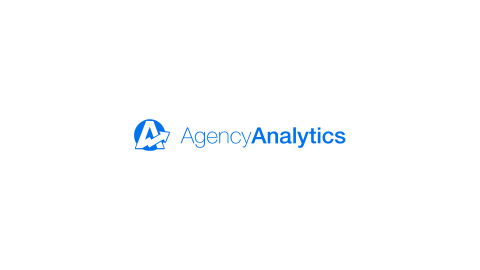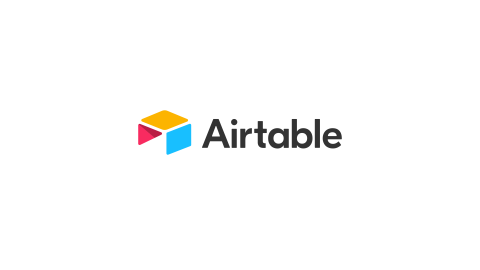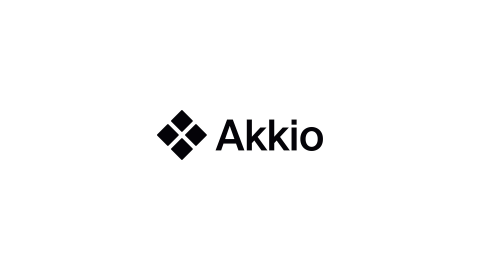
Domo is a cloud-based business intelligence platform that empowers organizations to harness the power of their data. It provides a comprehensive suite of tools and features that enable businesses to gather, analyze, and visualize data from various sources in real-time. Domo’s software functionality is similar to tableau software but peculiar in its own ways.
With Domo, companies can connect to a wide range of data systems, including databases, spreadsheets, cloud applications, and more. This allows for the seamless integration and consolidation of multiple data sources, eliminating data silos and providing a holistic view of the organization’s performance.
Domo’s real-time data updates ensure that the information presented on their dashboard display is always current and accurate. It automates the process of pulling data from different sources, enabling users to access up-to-date insights without manual effort.
To learn how to display dashboards from your Domo account on a digital sign with Screenly. Follow the steps outlined in this article below.
Getting your public Domo dashboard URL
Domo dashboards are published as slideshows, just like google slides. To integrate your Domo dashboard with Screenly’s digital sign, you’ll need to generate a share link for your dashboard slideshow. This link will be added as content to your Screenly account.
The first step to getting the share link is to log in to your Domo account and open the dashboard you wish to display on your digital sign. At the top-right of the dashboard, click the “share icon” from the dashboard toolbar. A pop-up sub-menu will appear, click the “Publish as Slideshow” button from the sub-menu.

In the pop-up modal that appears, select the cards in the dashboard you wish to display and click on “Save” at the bottom-right. Take note of the number of cards selected to be displayed in the dashboard slideshow.

In the new pop-up modal that appears on the screen, the current publish status is showing “Not Published”. Click on the “Change” button.

After clicking on Change, set the “publish to web” status to “Public”. If you set the status to “Private”, you’ll be provided with a link and an access code, you’re going to need to download and modify our javascript injector for domo authentication with your access code to view your dashboard on the digital sign. For more information on how to work with javascript injectors, visit the javascript injectors’ section on Screenly’s playground.
After setting the publish status to “Public”, copy the URL provided and click “Done”. This URL will be added as content to your Screenly account.

Setting up your digital sign
Now that you have your public URL, the next step is setting up your digital sign. To set up your digital sign, first purchase a digital signage player. A digital signage player is a small physical device that renders content to your TV or monitor - Screenly offers the Screenly Player and Screenly Player Max. You can then pair your digital signage player and associated screen to your online Screenly account.
The next step for showing your Domo dashboard on a digital sign is adding the public URL for your dashboard to your online Screenly account. To do so, follow the steps below.
Log in to your Screenly account here. If you do not have a Screenly account, register for a 14-day free trial.
After logging in to your Screenly account, click on the “New” button on the top right of your screen. Then, click on the “Content” tab in the dropdown menu.

Next, click the URL tab in the popup modal and paste the public URL into the “Enter URL link” input field. Be sure to click “Finish” on the bottom right after you successfully add the URL.

With the above steps completed, you can now add this asset to a playlist. To add your content to a playlist, click the “Playlist” tab from the left-hand menu. If you wish to add a new playlist, click the “+ New Playlist” button on the top right of the new screen that loads. To edit the new playlist or a previously existing playlist, click on the name of the playlist you wish to edit from the list of playlists.

Within the playlist, click the “+” icon in the Content section. From there, you will see a popup that will allow you to add the Domo dashboard to the playlist from your content collection.

In the new “Add Content to Playlist” popup, find your Domo dashboard content and click the “+” button next to the file. Then, click the “Done” button below.

You will then see your Domo dashboard in the playlist’s content section. Next to the dashboard content listing, change the listing’s duration to the amount of time you want the dashboard slideshow to display on your screen. Each card in the slideshow lasts 10 seconds, so if there are 10 cards, the duration should be set to at least 100. Be sure to click “Save” on the bottom right.

To assign the playlist containing the Domo dashboard content to a screen, click on the “Plays On” input field in the “Edit Playlist” section.

A dropdown menu will appear containing all your screens and group labels. Select the screen(s) or group(s) of screens you would like the playlist to show on. Make sure to click “Save” at the bottom of the dropdown after selecting the screen(s) or group(s) of screens you want.

Once you assign the playlist containing the Domo dashboard content to your screen(s) or group(s) of screens, your digital signage dashboard will display on your TV or monitor in just minutes.
Using a Private Domo Dashboard URL
A private domo dashboard URL requires an access code to be displayed on the digital sign. After selecting the cards in the dashboard you would like to display, set the publish status to “Private”. A URL and an access code will then be displayed, which you should copy.

Add the Domo dashboard private URL as content to Screenly by following the steps outlined in this article. Then proceed to download and modify our javascript injector for domo authentication with your access code to view your dashboard on the digital sign.
For more information on how to work with javascript injectors, visit the javascript injectors’ section on Screenly’s playground. The recommended way to work with our JavaScript Injector is to use Screenly’s Command Line Interface, so visit our CLI repository for more information on how to work with the CLI.
Show your Domo dashboards on a digital sign
Displaying Domo dashboards on a digital sign can help keep teams motivated and focused on company goals. When everyone can see key metrics and performance data, everyone can act on that information, too.
To see if Screenly works for your organization, sign up for a 14-day free trial. If you have any questions about how Screenly may meet your needs, reach out to Screenly Support at any time.




